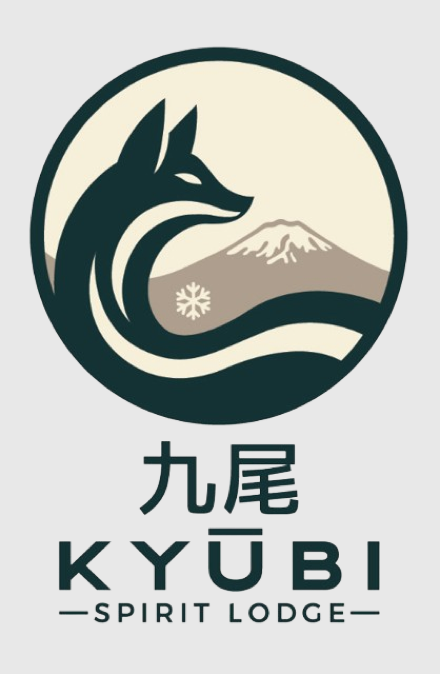
As winter approaches, delve into the world of skiing and discover the thrill of mastering snowy slopes like a pro. Learn the fundamentals of how to ski and embrace the adrenaline rush that accompanies gliding down mountainsides.
Explore the numerous benefits of this invigorating activity, from burning calories to building muscle strength, all while fostering bonds of camaraderie with friends and family. Embrace the season by venturing outdoors with loved ones, soaking in breathtaking vistas, and reaping the rewards of both joy and significant health improvements.
Benefits of skiing
Calorie-Burning
Skiing is an excellent cardiovascular exercise that can help you burn a significant number of calories and lose weight. However, the number of calories burned per hour depends on the skier's weight and skill level.
According to Harvard Medical School, a person weighing around 84kg can burn 266 calories in just 30 minutes of downhill skiing. Beginners can further increase calorie burn by trekking uphill instead of using ski lifts.
For professional skiers, steeper slopes result in higher calorie expenditure as the body works harder to maintain balance. Additionally, colder weather contributes to increased calorie burn, as the body must exert more effort to raise its core temperature.
Strengthening Lower Body Muscles

Skiing targets the muscles in the lower body. When skiing, the body naturally assumes a squatting position, which helps strengthen the glutes, quadriceps, and calf muscles. Additionally, skiing engages some muscles that may not be used regularly, such as the muscles in the ankles and feet, which aid in balancing and maintaining stability.
Improving Flexibility
The art of balance and engaging core muscle groups during skiing enhances overall flexibility. It also helps reduce muscle tension and prevent injuries. Skiing significantly improves flexibility as it requires the body to change direction frequently and rapidly. Like any sport, it's important to incorporate stretching routines before and after skiing to reduce the risk of injury.
Enhancing Core Strength
Maintaining an upright position on skis requires specific balance skills and intense concentration. Balancing on a slippery slope while navigating downhill trails isn't easy. By continually maintaining balance, it forces the core muscles to work harder. This helps improve abdominal muscle strength and overall core stability.
Boosting Mood
Outdoor activities and exercise stimulate the production of endorphins, creating feelings of euphoria and happiness. You can also benefit from increased exposure to vitamin D from sunlight. This is particularly important in winter when days are shorter.
Read more: Peak Adventures: Mastering Skiing and Snowboarding Excitement
How to ski
Proper Skiing Posture

(Credit by www.rei.com)
Maintaining proper skiing posture helps you stay balanced and puts you in a better position to control your skis.
• Stand relatively straight with feet shoulder-width apart.
• Bend your knees and lean your shins forward.
• Keep your shoulders slightly forward over your hips, with the weight evenly distributed on both feet.
• Extend your arms slightly forward and to the side. Place the ski poles with the pointed ends behind your feet.
• Look ahead, not down at the skis.
How to Glide on Skis

(Credit by www.rei.com)
Once you've positioned your feet on the skis, you'll learn how to maintain balance and move on the skis. Initially, you'll glide on flat terrain.
• Use the ski poles to push the skis forward.
• Bend your knees.
• Keep your shins leaning forward, with the weight focused on the feet as you move with the skis.
Next, try gliding down a gentle slope. This helps you get accustomed to balancing on the skis while descending a mild incline.
• Guide the skis downhill, using the poles to push and glide to a natural stopping point.
• Practice gliding and maintaining balance over short distances and on gentle slopes or slight inclines.
Walking Uphill on Skis
To maneuver in the snowy terrain, you'll need to learn how to walk uphill on skis. When you're first learning to ski, you'll also need to climb smaller hills for practice since you won't be using a ski lift. There are two approaches to walking uphill:
Sidestepping Technique

(Credit by www.rei.com)
• Position the skis parallel to each other, facing perpendicular to the slope to prevent sliding downhill.
• Step the skis sideways toward the incline.
Herringbone Technique

(Credit by www.rei.com)
• Form a V shape with the skis (at positions 10 o'clock and 2 o'clock) when facing the hill.
• Angle your knees inward slightly to tilt the skis inward.
• Take small steps uphill, maintaining the V shape.
• Your skis will leave a herringbone pattern in the snow.
Tip: Widen the V shape for steeper hills.
Controlling Speed and Stopping

(Credit by www.rei.com)
As you begin moving on skis, mastering speed control, stopping, and turning by forming a triangle shape is essential.
• On a short slope with a flat skiing area, practice maintaining the triangle posture as you glide down and naturally come to a stop.
• Adjust your speed by changing the size of the triangle: A wider triangle slows you down.
• Ensure the triangle is wide enough to stop. To resume downhill skiing, narrow the triangle and push off with your poles.
• Practice maintaining consistent speed, reducing speed, and stopping altogether.
Tip: Keep your knees relaxed and apart. Avoid squeezing them together, as this can cause your skis to diverge, making movement challenging.
How to turn while skiing?

(Credit by www.rei.com)
Once you've grasped the basics of skiing, you'll learn how to control your speed and direction through turns.
• While skiing in a triangular shape, use your legs to steer the skis in the direction you want to go. Maintain the triangular shape throughout the ski.
• Shift slightly more weight onto the ski on the side you want to turn towards. To turn right, put more weight on your left ski. To turn left, put more weight on your right ski.
Tip: When practicing turns, direct with your legs and feet, not your upper body. Keep the skis relatively flat, maintaining the size and shape of the triangle. Keep your posture with the weight centered on your feet: leaning backward is the most common mistake among skiers.
Skiing is not just a sport; it's a journey of mastering balance, technique, and exhilaration on snow-covered slopes. From learning the proper stance and maneuvering techniques to controlling speed and direction, skiing offers an immersive experience in the beauty of winter landscapes. Whether you're a beginner navigating gentle slopes or an expert carving through challenging terrain, the joy of skiing lies in the continuous improvement and the thrill of exploration. So, grab your skis, embrace the adventure, and let the mountains be your playground. Happy skiing!
Read more: Snowboarding and Skiing Exercises for Strength, Balance, and Mountain Mastery






